

Corey Young
gamer level 8
36152 xp
36152 xp
followers
84
84
Use my invite URL to register (this will give me kudos)
https://boardgaming.com/register/?invited_by=coreyyoung
profile badges




recent achievements

Copper Supporter
Show your support for boardgaming.com by purchasing a total of 5 Gems
Show your support for boardgaming.com by purchasing a total of 5 Gems

Bronze Supporter
Show your support for boardgaming.com by purchasing a total of 20 Gems.
Show your support for boardgaming.com by purchasing a total of 20 Gems.

Silver Supporter
Show your support for boardgaming.com by purchasing a total of 45 Gems
Show your support for boardgaming.com by purchasing a total of 45 Gems

The Silver Heart
Give 10 Silver Hearts to games that you fancy.
Give 10 Silver Hearts to games that you fancy.
Player Stats
Critic (lvl 4)
1565 xp
1565 xp
Explorer (lvl 3)
1047 xp
1047 xp
Professor (lvl 4)
1654 xp
1654 xp
Reporter (lvl 1)
170 xp
170 xp
About Me
I design boardgames and card games. One of my designs is on the brink of being published. Watch this space for details.
My favorite games are light strategy boardgames that I can play with my kids - e.g. Survive, RoboRally and Carcassonne.












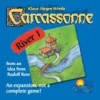



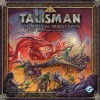
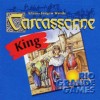

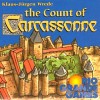


















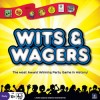
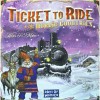


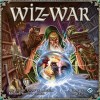

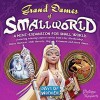
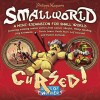



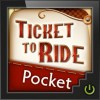
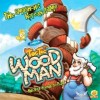













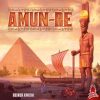



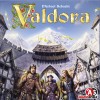

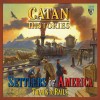


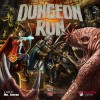

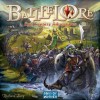



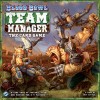

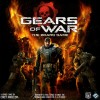
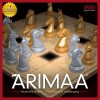

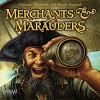
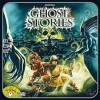


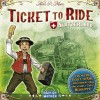





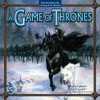

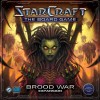
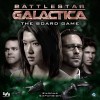




















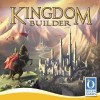




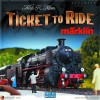

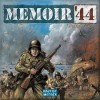

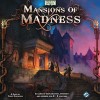
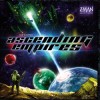


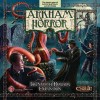
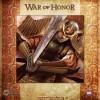

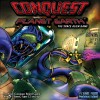

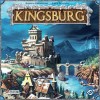




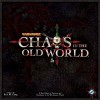



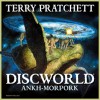



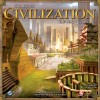
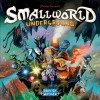



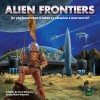
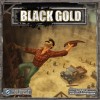


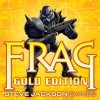


Farmageddon
We’ve been having a great time with Farmageddon. It’s become our new ice-breaker on game night.
The premise is simple – plant and grow your crops, then harvest them for points. Meanwhile, you’ll be sabotaging your neighbors’ farms with Gophers, Genetic Superworms and Foreclosures. Of course, they’ll be doing the same to you.
Play is quick, but not rushed. I like a game we can talk over.
The cards are balanced. I like that they are multipurpose as well, so you’ll always have something to do during your turn. I also like the high level of player interaction. Three players seems to be the sweet spot.
The game is well-produced, with very clever art. I highly recommend it.